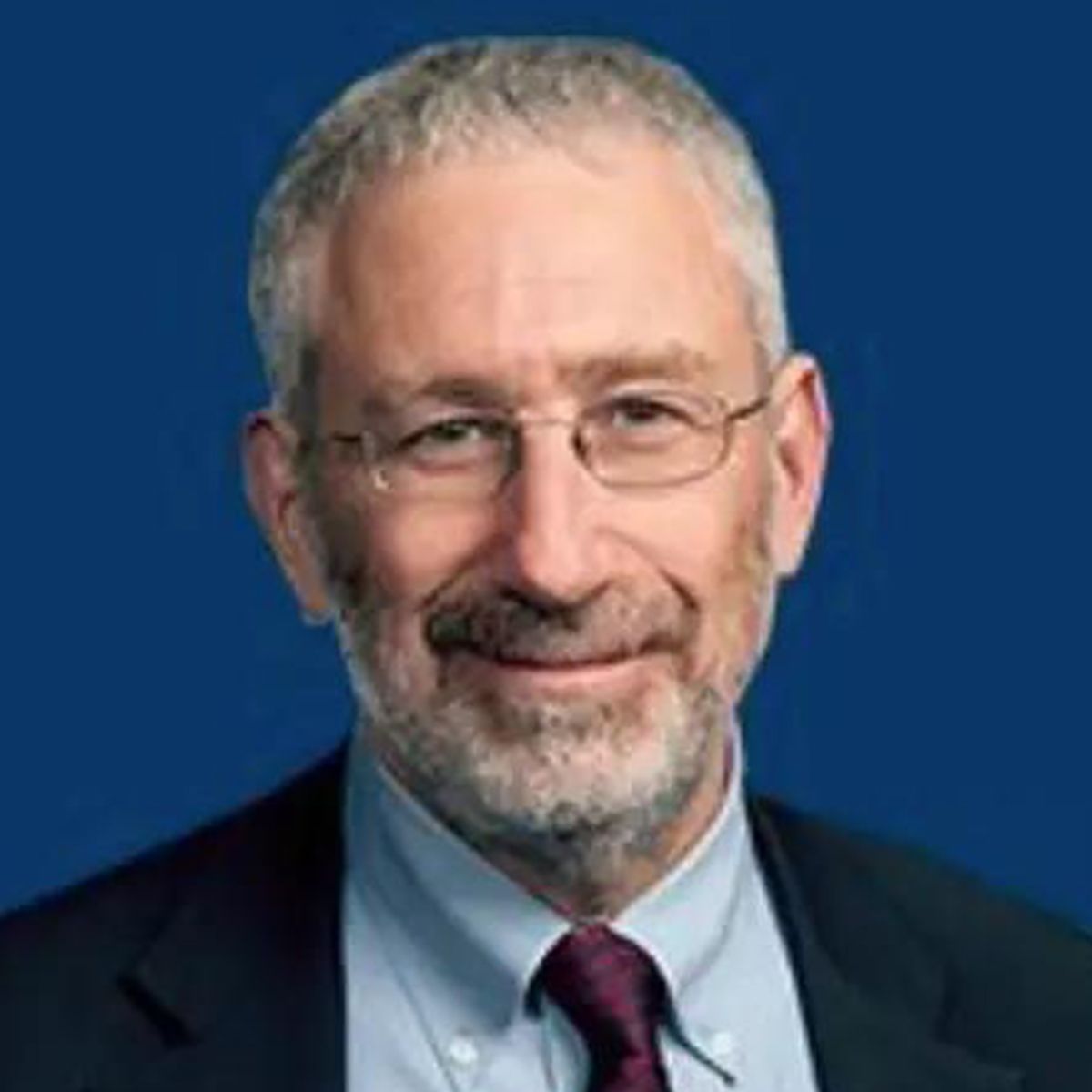Article
Overuse of Procedures and Treatments
Author(s):
National summit convened to reduce overuse of unnecessary procedures and treatments.
The American Medical Association and The Joint Commission co-sponsored the “National Summit on Overuse” on September 24, 2012 to identify appropriate use of procedures that often are overused. These procedures include placing heart stents, blood product transfusions, placing tympanostomy ear tubes for brief periods of time to relieve fluid behind the ear drum, prescribing antibiotics for viral upper respiratory infections, and early induction of scheduled births. Probably the most problematic of these overused procedures is antibiotic treatment of viral illnesses. This is due in part to prescribers over-prescribing antibiotics, but also due to healthcare consumers who either insist on obtaining antibiotics or take someone else’s (or leftover) antibiotics when cold and flu symptoms occur.
At the summit, physician organizations, medical specialties, government agencies, research institutions, and patient groups gathered to discuss the appropriate use of the treatments and procedures. They identified ways to raise awareness among to reduce overuse and educate healthcare providers and the public about appropriate. For some of these topics, solutions are known or guidelines already exist, but need to be more widely communicated. For others, more analysis and research is needed. Recommendations from the summit includes raising awareness through education; keeping the patient at the center of all discussions; collaborating with all stakeholders; conducting research to address identified gaps; aligning guidelines in situations where multiple guidelines exist; and coordinating policies, benefits, and payment incentives.
The complete list of recommendations is available at http://www.ama-assn.org/resources/doc/cqi/national-summit-overuse-summary.pdf.









